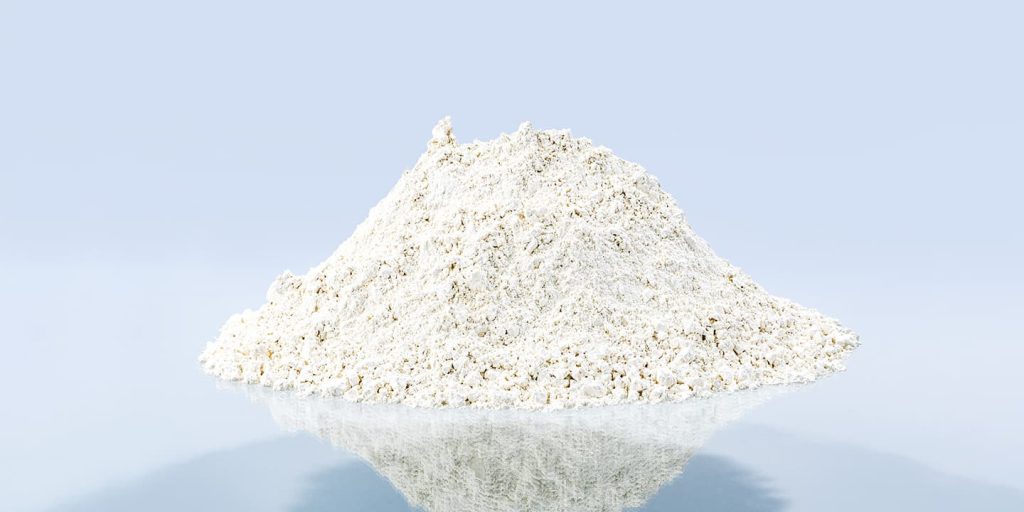In addition to burning cement, what other high-end applications does limestone have?

Limestone is the main raw material for cement production. About 1.4 to 1.5 tons of limestone are consumed to produce 1 ton of cement clinker.
So, in addition to producing cement, what other high-end applications does limestone have?
1. Production of calcium oxide
Calcium oxide is obtained by high-temperature calcination of limestone, commonly known as quicklime, white powder. According to the product appearance, calcium oxide can be divided into block calcium oxide and powdered calcium oxide; according to the different calcium and magnesium content, calcium oxide can be divided into industrial-grade calcium oxide, food-grade calcium oxide, etc. Industrial-grade calcium oxide is divided into four categories: Class I products are for chemical synthesis; Class II products are for calcium carbide; Class III products are for plastics and rubber; Class IV products are for flue gas desulfurization and other uses.
Calcium oxide is an important auxiliary material and basic raw material for steel and plastics. It has huge market prospects in environmental protection fields such as industrial wastewater treatment, garbage incineration, and flue gas desulfurization. As a cost-effective alkaline oxide, calcium oxide is also widely used in highways, high-speed railways, construction, industry (non-ferrous metals, papermaking, sugar making, soda ash, food, medicine, building materials), agriculture and other fields, and is an important basic raw material.
2. Production of calcium hydroxide
Calcium hydroxide is formed by the digestion of calcium oxide and water. Its chemical formula is Ca(OH)2, commonly known as slaked lime and hydrated lime. Its aqueous solution is called clear lime water.
Calcium hydroxide has the general properties of an alkali and is a strong alkali. Since the solubility of calcium hydroxide is much smaller than that of sodium hydroxide and potassium hydroxide, the corrosiveness and alkalinity of its solution are relatively small, so it can be used as an acidity regulator in food to play a role in buffering, neutralization, and solidification. Food-grade calcium hydroxide has a relatively high activity, a relatively loose structure, high purity, good whiteness, low impurity content, and does not contain harmful elements such as Pb and As.
Calcium hydroxide is widely used as a raw material in the calcium preparation production industry, among which calcium gluconate is common. Calcium hydroxide can be used as an acidity regulator in milk powder (including sweetened milk powder) and cream milk powder and its prepared products, and infant formula. Calcium hydroxide can be used as a buffer, neutralizer, and solidifier in beer, cheese, and cocoa products. Due to its pH adjustment and coagulation effects, it can also be used for the synthesis of medicines and food additives, the synthesis of high-tech biomaterials HA, the synthesis of VC phosphates for feed additives, and the synthesis of calcium cyclohexane, calcium lactate, calcium citrate, sugar industry additives and water treatment and other high-end organic chemicals. It is helpful for the preparation of acidity regulators and calcium sources such as edible meat semi-finished products, konjac products, beverage products, and medical enemas.
3. Production of nano calcium carbonate
Nano calcium carbonate refers to functional inorganic fillers with a particle size of 1-100nm, which are widely used in rubber, plastics, papermaking, inks, coatings, sealants and adhesives, medicines, toothpastes, food and other fields.
The industrial production of nano calcium carbonate is mainly based on carbonization. Its raw materials are mainly limestone with a high calcium carbonate content. The powder material products are obtained by calcination, digestion, carbonization, modification, dispersion, and drying.
According to the gradient change of CaO content in limestone, high-quality limestone with a content greater than 54% can be used to produce high-value-added light calcium carbonate and nano calcium carbonate products, which are mainly used in high-end plastics, papermaking, coatings, medicine, electronics, food and other industries; intermediate-quality limestone with a content between 49% and 53% can be used to produce active calcium oxide and calcium hydroxide digested from it, which are mainly used in metallurgical solvents, chemicals and food deep processing industries; low-quality limestone with a content less than 48% can be used in the cement industry and the construction industry.
According to the different calcium oxide content of limestone resources, the limestone raw materials are distributed to various related industries in a tiered manner, so as to achieve a fully closed industrial chain with high-quality resources, full utilization, and maximum value and environmental effects.
